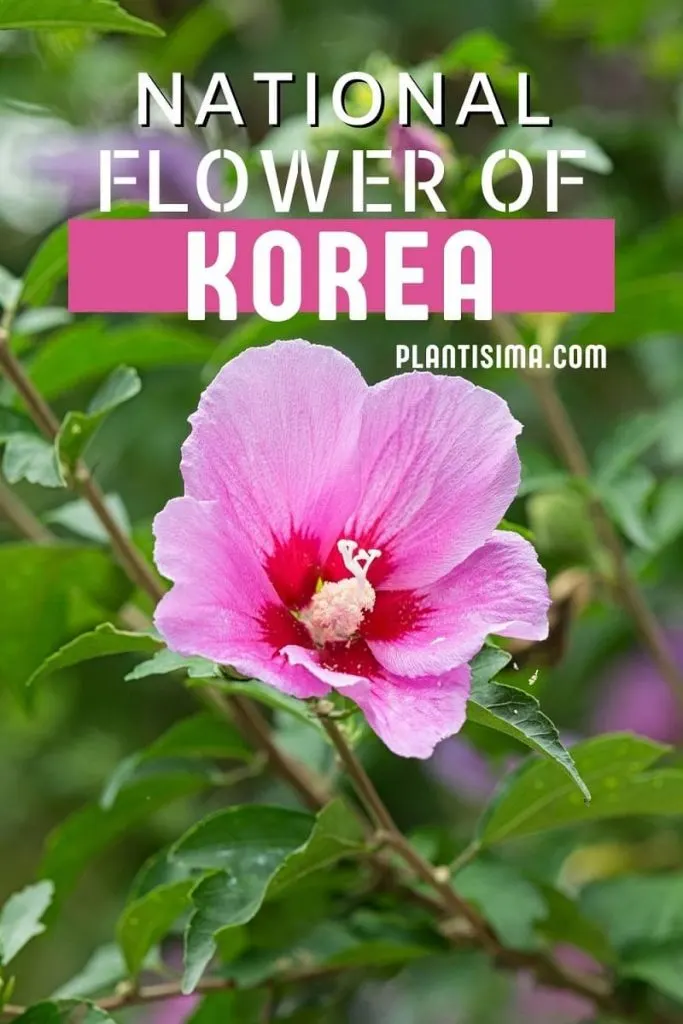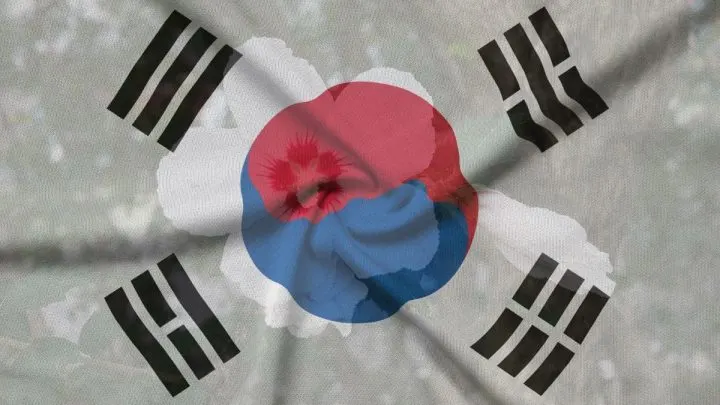In today’s article, we will talk about the national flower of Korea. If you have followed our previous articles on the national flower of Ireland and the national flower of Germany then this article will be interesting for you.
All of us, or at least most of us, know that Korea is divided into two separate republics. That is why the situation with its national flower is very interesting. Today in the article below we will talk more about it.
We will find out which national flowers they are, yes plural, you read Korea correctly and what is the symbolism behind them.
If you want to learn more about the plants of Korea, their characteristics, symbolism, spiritual meaning, and much more, let’s start reading.
What Is Korea’s National Flower? Hibiscus Syriacus Features
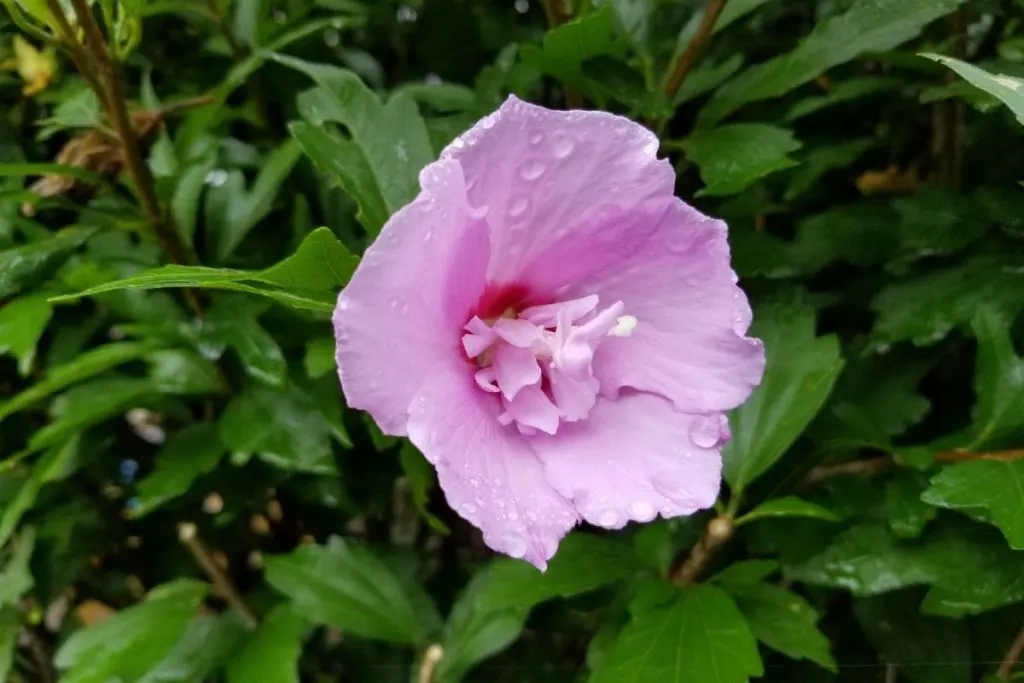
Already in the second year after sowing, the plant will delight you with its flowers. Hibiscus blooms from mid-summer to late autumn.
Hibiscus has been growing in Korea since ancient times, so one of the names of Korea was Kynhvakhyan – “homeland of hibiscus”.
The ancient Chinese geographical composition “Shanghai Jing”, which is said to have been written before the 1st century at the latest, contains the earliest mention of hibiscus.
It says, “In the land of noble people, Xunhuatsao is growing. It is born in the morning and dies in the evening.”
Why Is Hibiscus Syriacus The National Flower Of Korea?
Korean Peninsula: The Land Of Mugunghwa Blooms
However, a flower with a red core is most appreciated here is a flower with a red core. Besides these flowers, on the Korean peninsula, you can also spot Korean roses. These eternal blossom flowers will brighten up your day. What do you think is the national flower of England?
Why Is Mugunghwa Flower Important In Korean Culture?
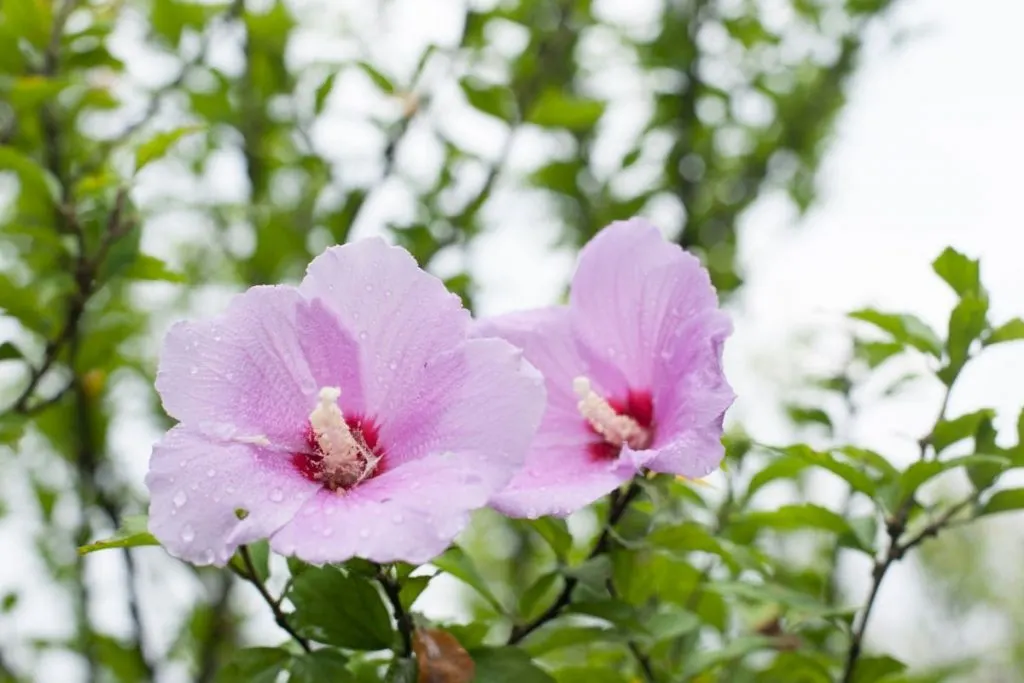
In 1990, Korea has declared the “national flower”. What are the special advantages? It turns out that the mugunkhwa bud blooms for only 2-3 days and dies, but a new one immediately blooms in its place.
The fragility of this plant is deceptive: hibiscus is unpretentious and surprisingly hardy. Mugunkhwa – and the personification of eternity.
This flower got its first recognition back in the gojoseon era. Of course, we don’t have photos from that time, but it was a highly appreciated flower at the time.
There are also purple varieties of these flowers. In Korean culture, mountains come refreshed with colorful trees and lovely shrubs, and in the July season, it seems like all the plants from all around the world came into Korea.
Flower’s Symbolic Significance Stems
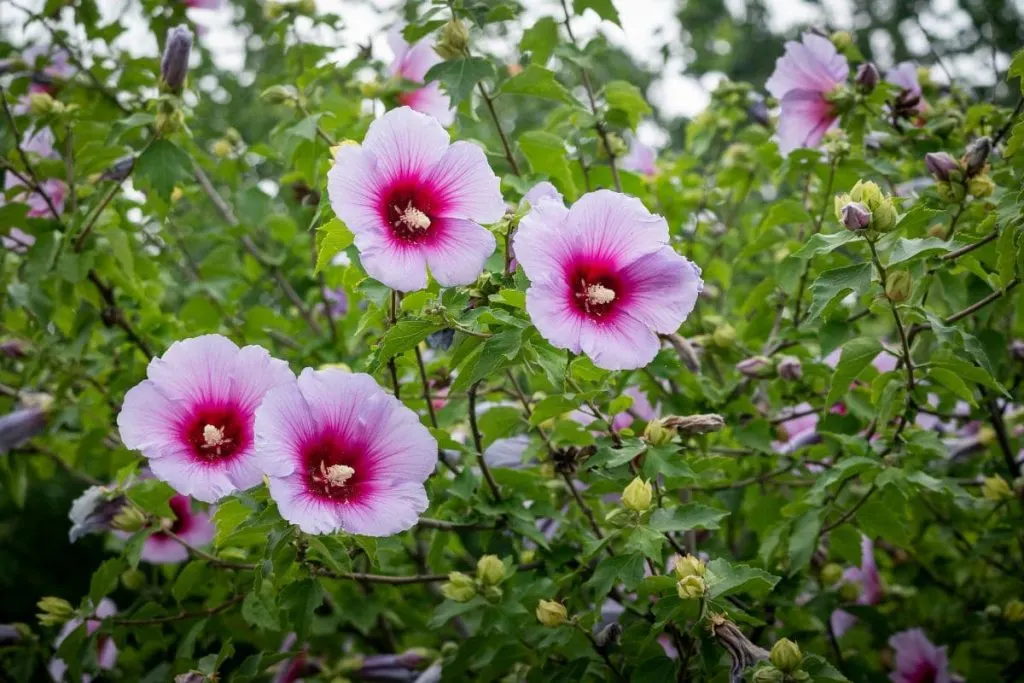
Hibiscus – the “flower of infinity” became the personification of this trait. And let it not be so royal and majestic, like the Chinese peony, and not so refined as the Japanese chrysanthemum. But it has the ability to bloom from spring to autumn, giving birth to a new bud every day.
He is a symbol of the resilience of the Korean people. This lovely flower is an important symbol of the life cycle, and freedom(human rights), it’s the emblem of the sun and in flower language, it’s a sign of eternity. It’s also used in art and it is compared poetically in many books.
This flower is also popular in Japan nation and japan history. Its beauty speaks for itself. In almost every garden all around Japan and Korea, you may spot these flowers. Japanese flower meanings are also truly magical and deep.
Spiritual Meaning Of Hibiscus Syriacus
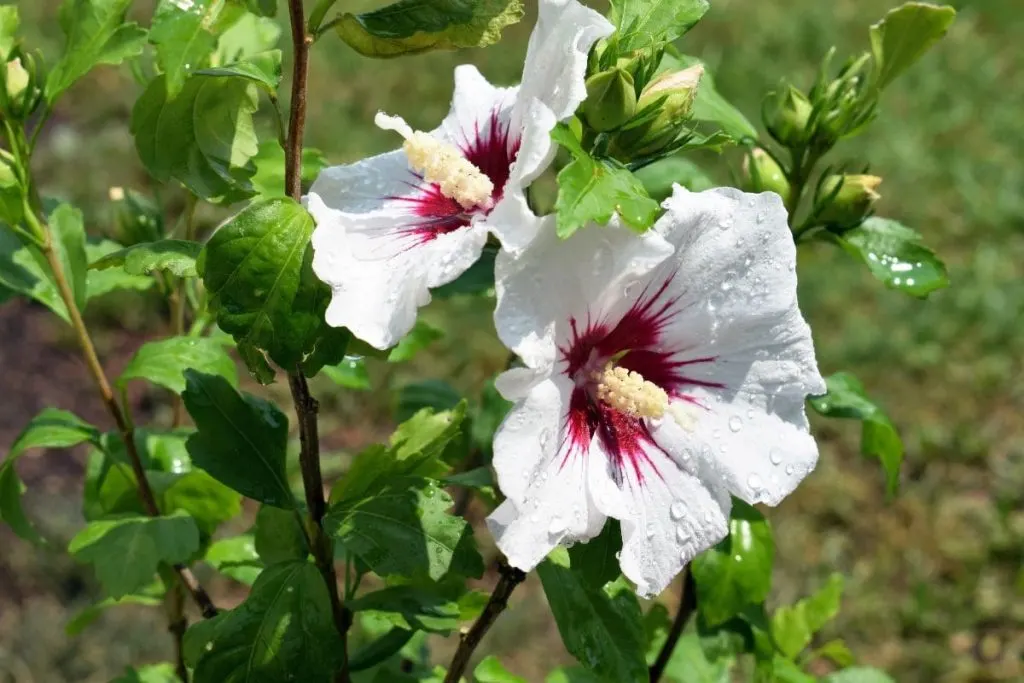
The yellow hibiscus flower is on the national flag of Hawaii, while the rose is of great importance in Korea. A hibiscus wreath is given to statesmen and tourists as a sign of welcome. In Japanese, the name hibiscus means gentle.
And for the Chinese, hibiscus or Chinese rose has different meanings. Some associate it with wealth and fame, while others associate its delicate flower with youth.
In Korea, the flower of this plant means immortality. For weddings, it is eternal love, and in war – the invincibility of warriors. In Malaysia, the hibiscus is the national flower. It represents life and courage and is their national currency.
South Korea National Flower
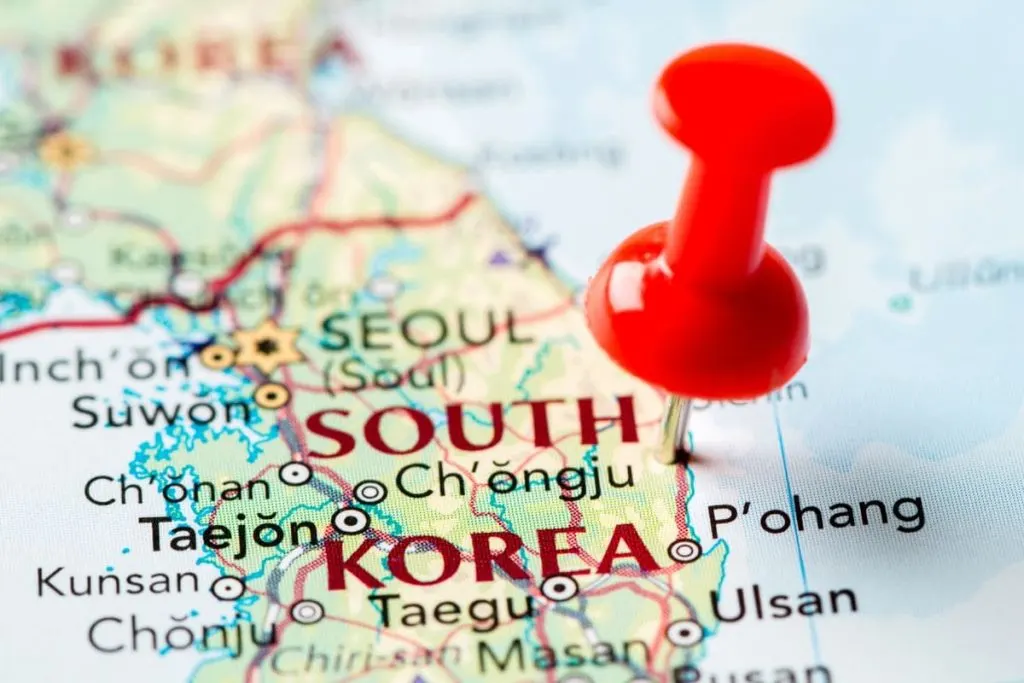
The national flower of South Korea is Mugunghwa, just like this flower is the flower for all of Korea, at least the official one as the Korean people say.
North Korea still wanted its own special/separate flower for the south, while the South Koreans agreed that the official flower of the entire country should be theirs without any division.
As we said before, the flower is also called the rose of Sharon and has been an important part of Korean culture for centuries.
Interesting Facts About Hibiscus Flower
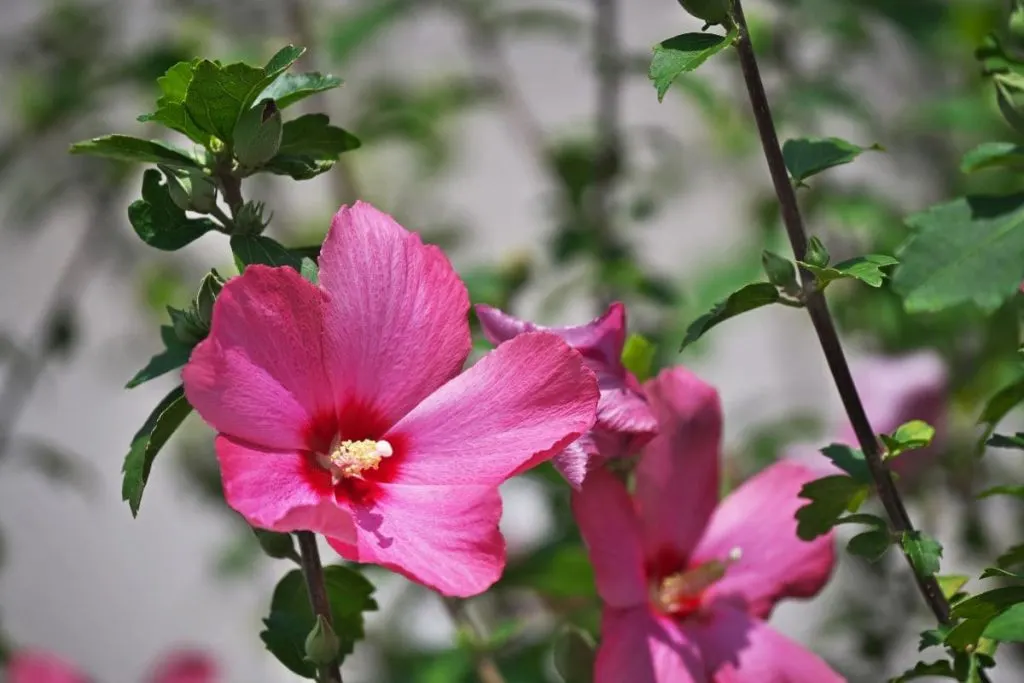
Hibiscus gets the name “Muskegon” because there is an opinion that the presence of the plant at home can cause a person to leave the family. However, there is no evidence of this superstition, many families are happy, and you can see a blooming Sudanese rose in the window.
When the flowering of hibiscus releases negative energy, scandals, diseases, and even the death of the household begin.
If the flower bloomed in winter or early spring, which is the most unsuitable period for it, it was interpreted as a mortal danger, and then they expected the death of any relative.
The blackening of leaves and falling of unopened buds are also belong to signs that bear the death of one of the owners of Chinese roses. Superstitious people refuse to buy exotic wood, but those who do not believe in signs, are much more so.
Hibiscus Syriacus Use In The Past In Korea
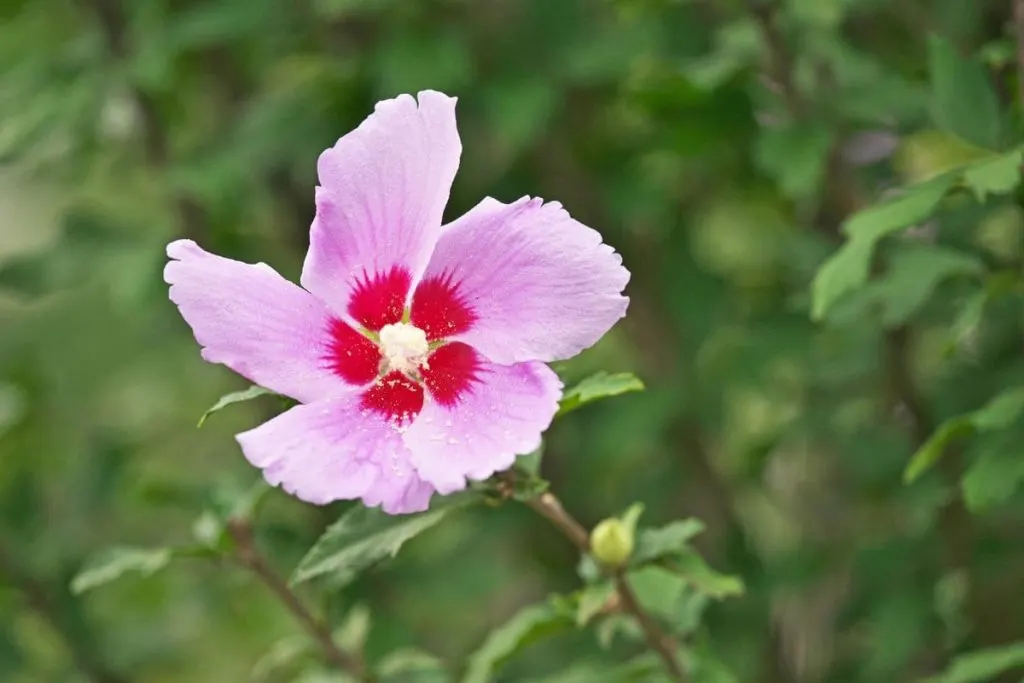
Hibiscus (the Korean word-mugung-mugunghwa origin) was used more for medicinal purposes than for jewelry.
Also, hibiscus decoction was used as a remedy for indigestion and dry mouth. Young hibiscus shoots were used to prepare dishes and make tea. Hibiscus is planted in gardens and around houses.
North Corea National Flower – Magnolia
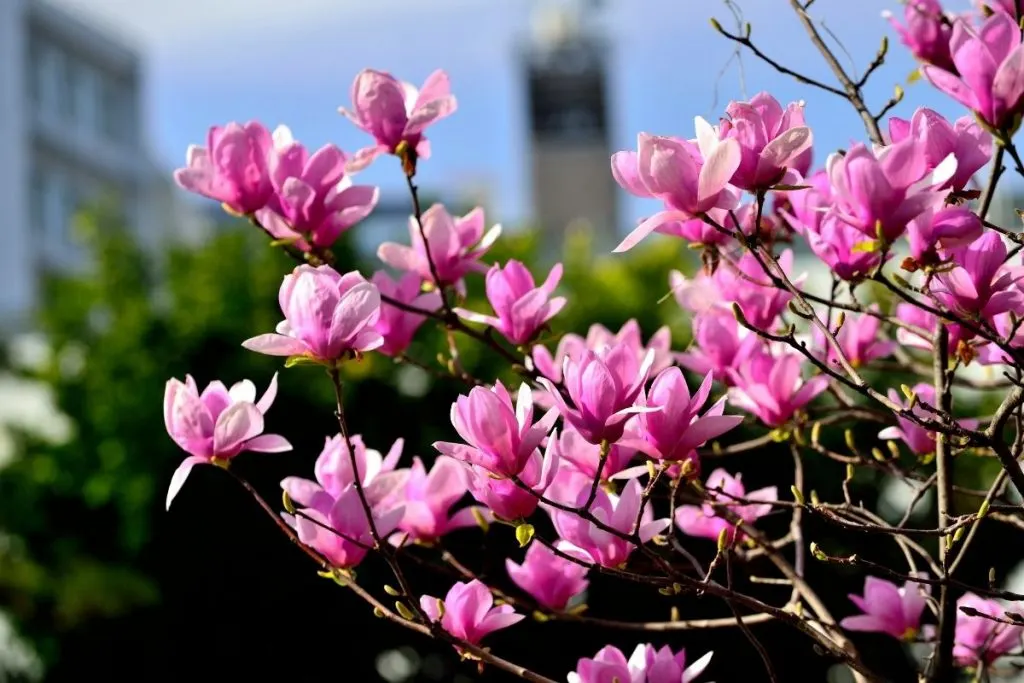
The national flower of South Korea is the mountain magnolia. This flower also grows on the Korean peninsula and it is not as popular as the hibiscus syriacus flower, but Korean people plant and grow this flower in their gardens as well. Kim Jong once visited the Korean peninsula and he loved it.
During the Japanese occupation, along with Korean rose, they made a hill of these flowers and dedicated them to roses mostly, but to the mountain magnolia as well. Its flowers are vase-shaped.
South Koreans just adore this flower, they have a deep affection for it! The flower appears green with white gentle leaves. Unlike the famous rose of Sharon, that’s pale pink.
Features Of Magnolia Flower
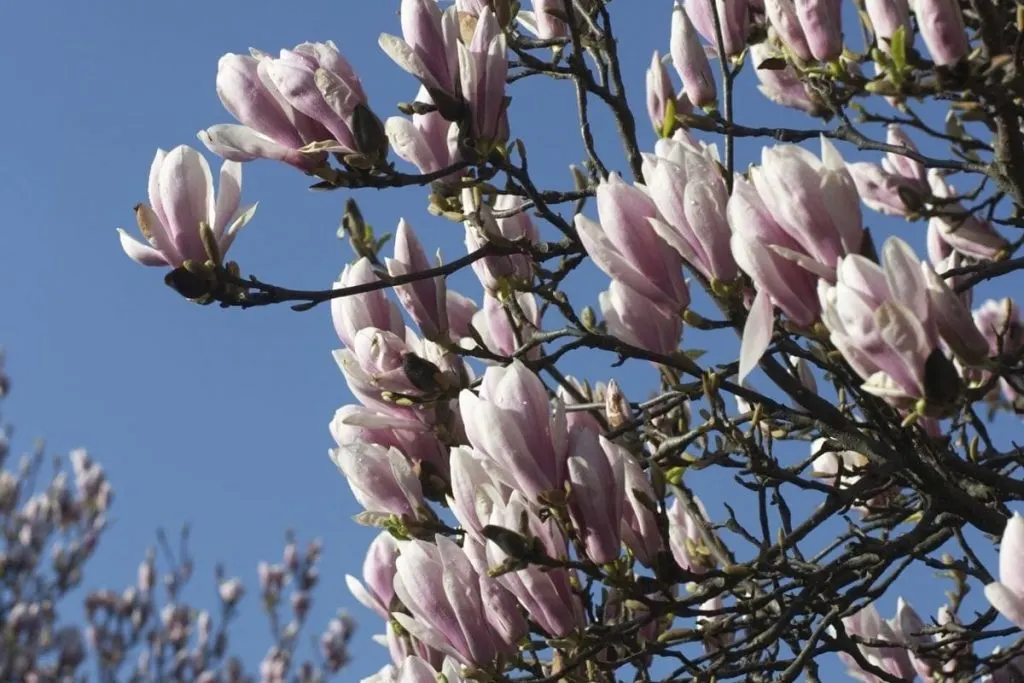
Magnolia is a genus of numerous deciduous and evergreen trees from the magnolia family. The leaves are alternate, simple, oval-shaped, with smooth edges, and, depending on the species, evergreen or deciduous. Buds are large, thickened, greenish-gray, and hairy.
The flowers are single, bisexual, and very large, and depending on the species and cultivars, they can be of different shapes and upright or hanging. They are located on the tips of the twigs.
They grow naturally in North America and Southeast Asia. Today, magnolias are a favorite ornamental tree around the world where they are planted as individual trees or in groups in parks and yards.
Symbolism Of North Korea National Flower – Magnolia
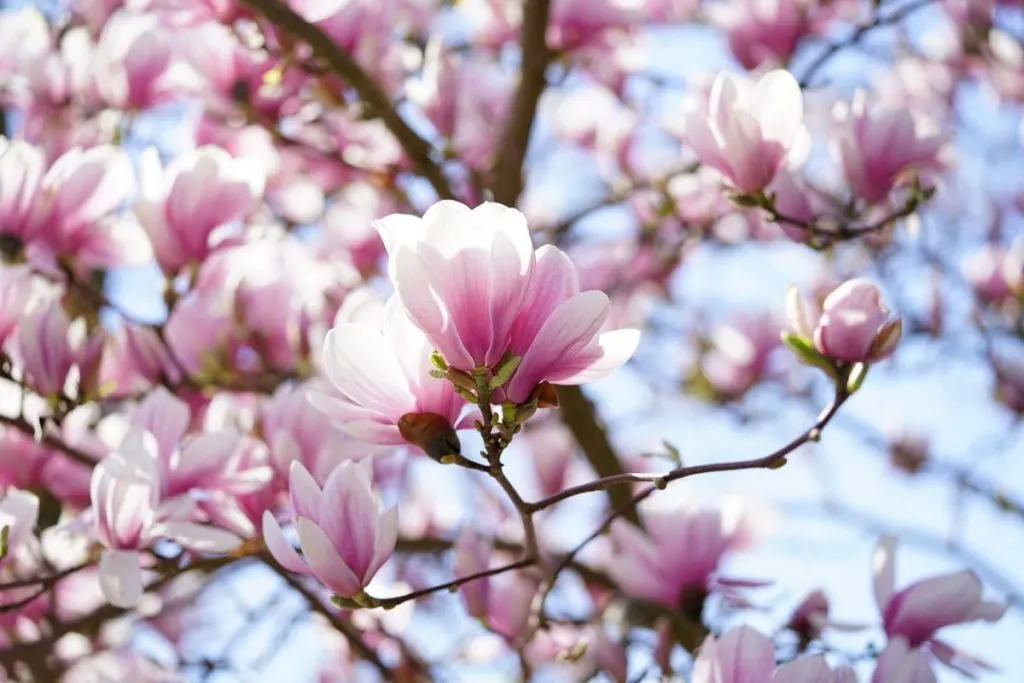
As for the symbolism of the mountain magnolia, in China magnolias symbolize fidelity and strength, and according to feng shui, a magnolia tree in the yard means peace and prosperity for the household. Not just in China, for example, a magnolia tree in Florida is also really popular.
There is also a belief that says that if a magnolia blooms prematurely, its owner is very impatient or nervous about something.
Also, magnolia is supposedly given as a gift by men who have no serious intentions and are unfaithful but want to seduce a woman. So, it’s a mix of meanings, and it’s best to choose the one you like the most yourself.
Magnolia Flower Color Meanings
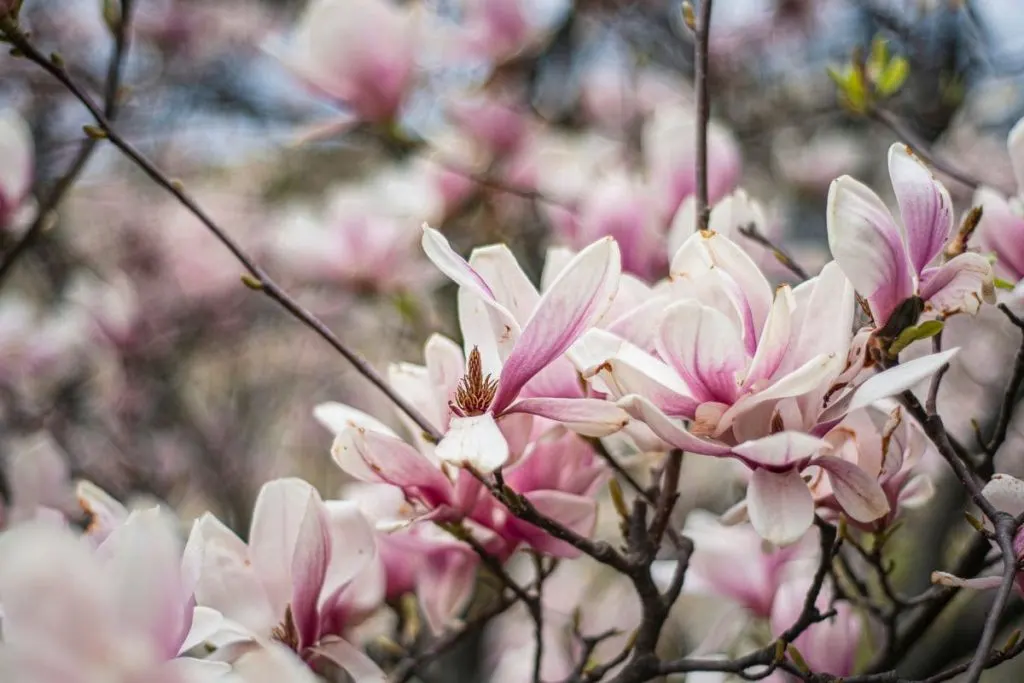
Although magnolias are most commonly seen with white petals, some species come in pink, yellow, or purple, and are often associated with gods and magic.
- White: represents the moon, and moon goddess and for Monday spells.
- Yellow: represents the sun, any solar goddess or god, and for Sunday spells. We have also prepared for you something to read about other yellow flowering trees.
- Pink represents femininity, friends, and love.
- Purple: has been associated with nobility since Roman times and is best for spells dealing with rulers.
Magnolia Flower In The Past
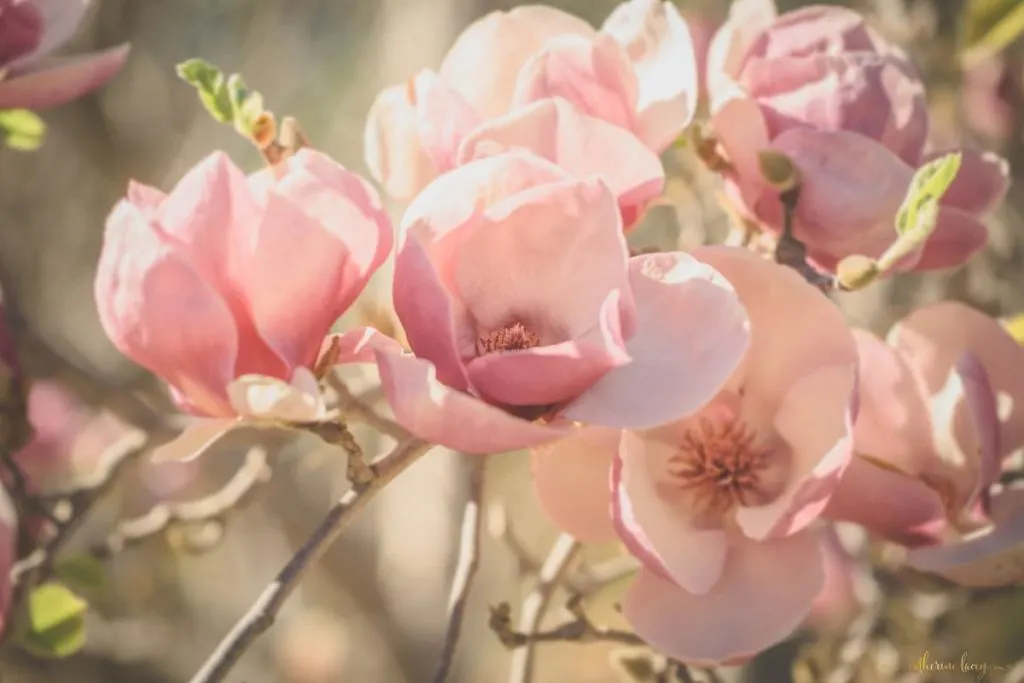
There seem to be as many interpretations of magnolia symbols as there are people who love magnolias, I guess. In Victorian times, sending flowers was a discreet way of sending messages between lovers. Magnolias symbolized dignity and nobility.
In ancient China, magnolias were considered the perfect symbols of feminine beauty and tenderness.
Etymology Of The Magnolia Flower
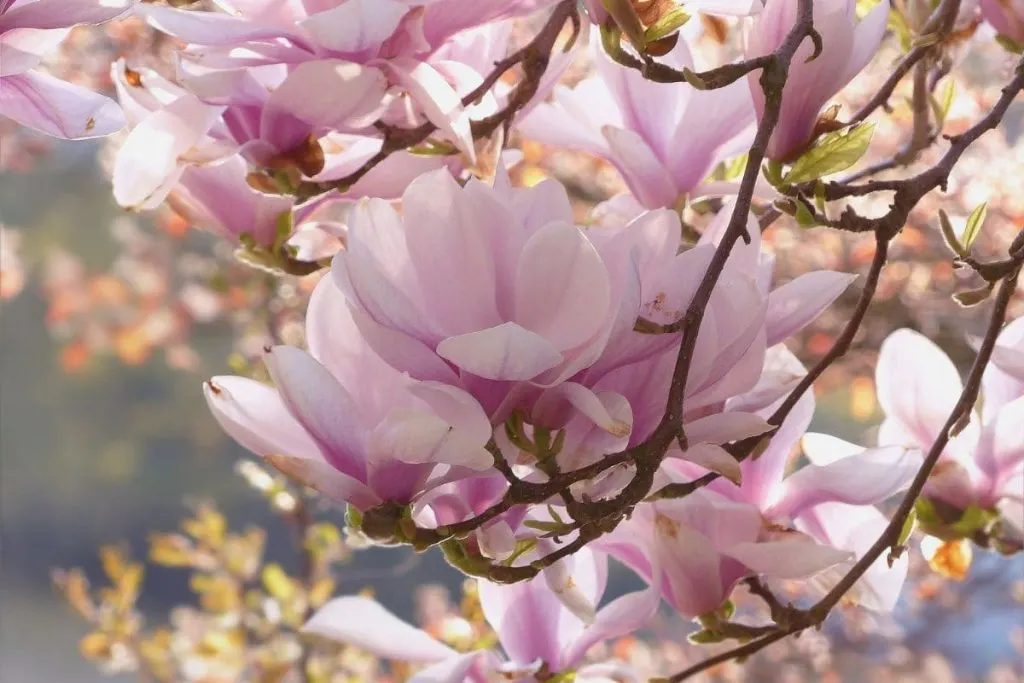
Once upon a time, there lived a French botanist named Pierre Magnol. It helped scientists determine that plants belong to the same families, not just species.
You don’t have to guess twice who magnolias are named after… The Chinese gave magnolias their name long before the 1600s. What botanists have called Magnolia officials since the 1600s, the Chinese call hou po.
Legend Of Magnolia Flower
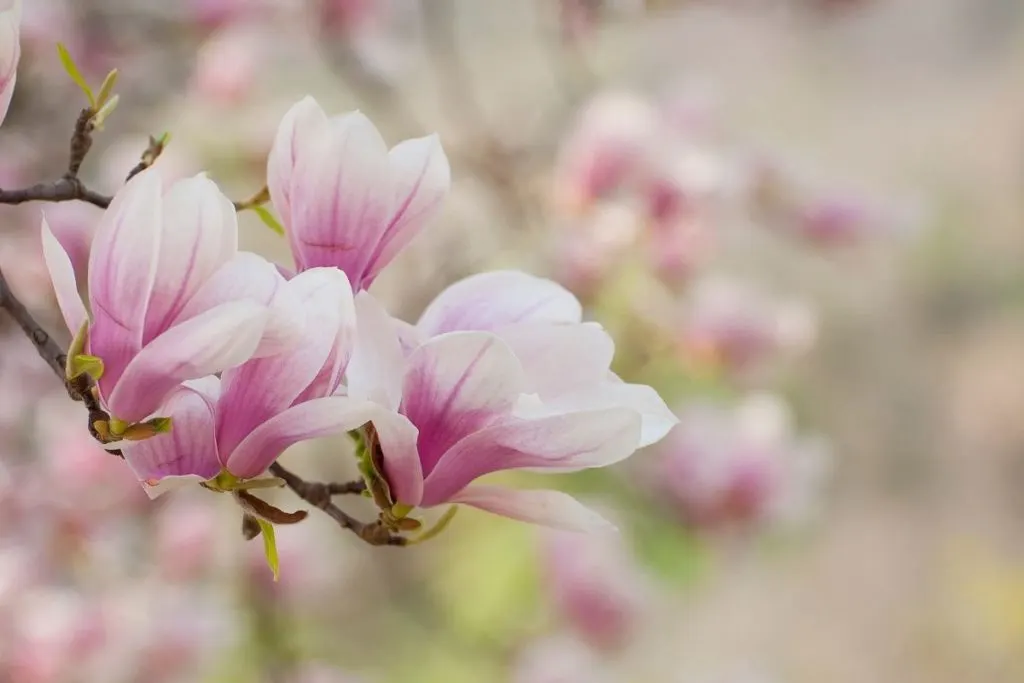
In ancient times, the world lived a Japanese girl, whose name was Keiko. She earned her living making beautiful paper flowers and selling them. However, their price was low, so she barely managed to feed herself. This took a long time. Until one day …
The fact is that she had a parrot that was already very old. He told her a little secret. It turns out that any paper masterpiece can be revived: it is enough to sprinkle it with drops of blood.
However, you cannot use the last drop. Using this spell, Keiko soon became rich, but it did not protect her from trouble.
She fell in love with a young man who was too greedy, and he always lacked money, the girl had to pay a lot of attention to work.
After a while, she gave the last drop of blood to the flower, and then she died, and the flower began to be called Magnolia.
Flora And Fauna Of Korea Country
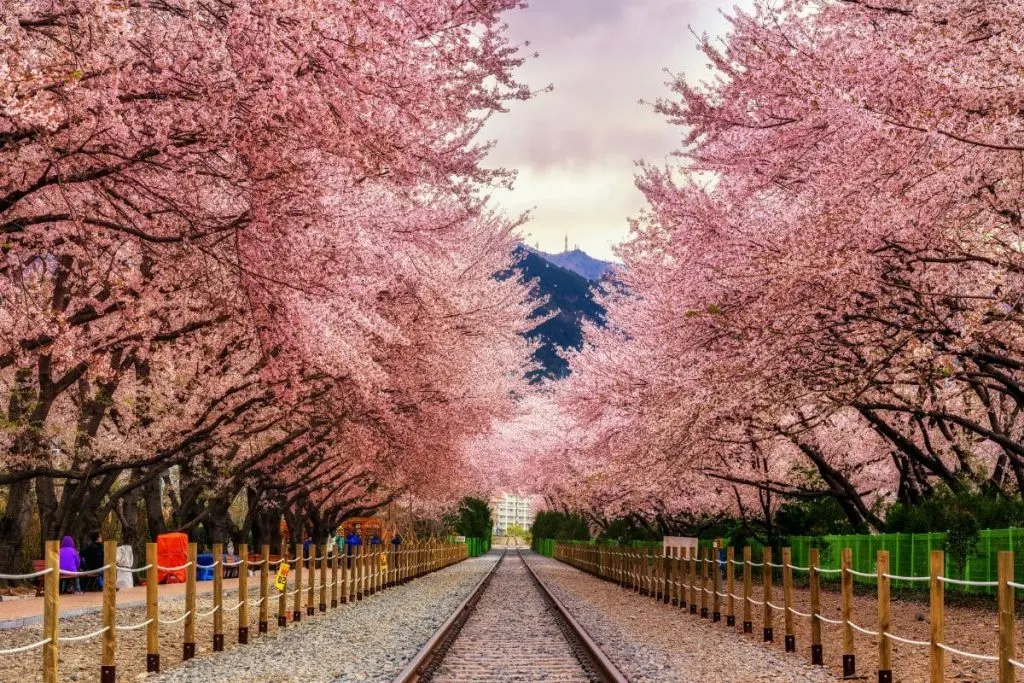
The country is in a zone with a humid continental climate, which enables the development of abundant vegetation, where mixed forests stand out.
You can see different types of deciduous trees such as elm, maple (national flower of Canada), and poplar. In the southern coastal regions, there are completely different species than in the rest of the country, for example, bamboo, oak, and laurel.
Let’s keep in mind that forests in the area cover two-thirds of the area, unfortunately, the area of forests is in slight decline as a result of various human activities.
A mixed forest is characterized by the accommodation of various species of large and small mammals. The most common species we see are squirrels, porcupines, rabbits, owls, and hawks.
Large mammal species such as bears, tigers, and leopards are threatened with extinction due to continuous hunting and habitat destruction.
In recent times, it has become a well-kept area in order to protect the species. Groups of scientists and ecologists came to the identification of about 2,900 plant species, 70 mammals, and 320 bird species.
FAQ – National Flower Of Korea
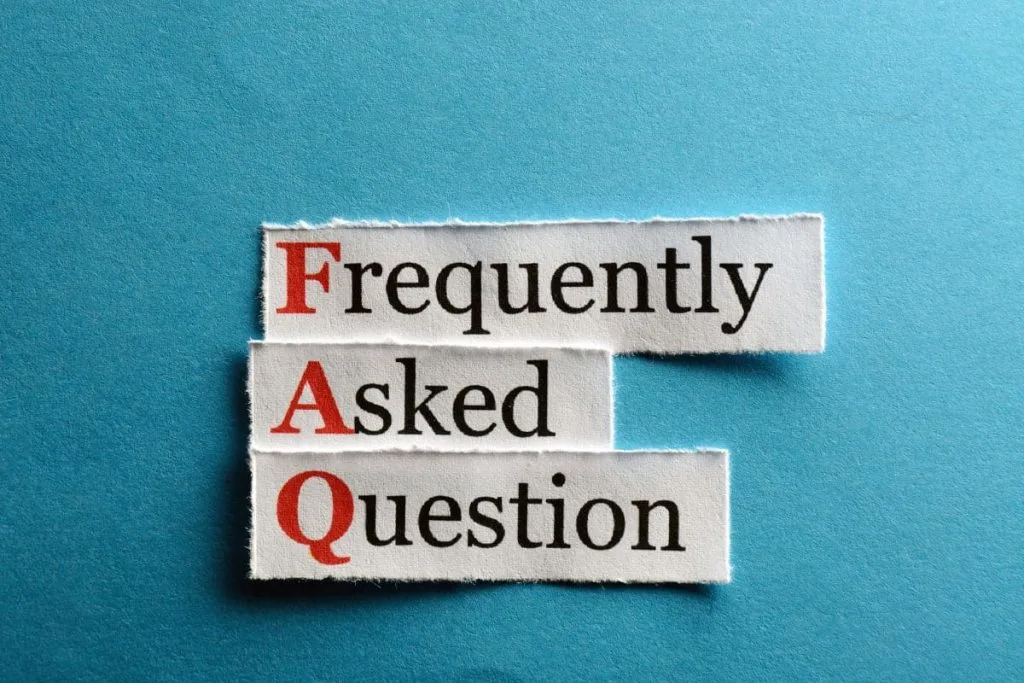
As always we bring you the faq section so that you learn all about a specific plant or a flower in our article. We hope that after this section especially you won’t have a need for any further research about this topic. Let’s see what have we prepared for you below.
What’s Korea’s National Anthem?
Korea’s national anthem goes like this: As long as the East Sea does not dry up and the Pektusan mountain does not collapse, the Lord will warm our land with his attention.
Let our country be celebrated! Besides the national anthem and the national flower, Korea has other national symbols as well. The name of the national anthem is Aegukga, sometimes called a patriotic song as well. It was founded in 1948, and since then it hasn’t changed at all.
This beautiful national anthem was written by a compositor named Ahn-Eak-tai. It’s currently South Korea and North Korea national anthem, even though South Korea accepted it first as its national anthem.
What’s The National Symbol Of Korea?
The national emblem of Korea country is Gukga Munjang or Gukjang and it presents its national flower and flag which are, of course, the main national symbols of the country.
This national symbol has been in the use since 1963 and it wasn’t changed since. Its design looks like a badge so it’s very easy for the diplomatic, presidents, and ambassadors of the country to use it as a real badge on their uniforms.
What Is The Legend Of Korean Flower Gardenia?
The story of the origin of gardenia is quite interesting. Namely, traders in the Far East discovered this plant growing in China, Korea, and Japan. She delighted them with her appearance and sweet smell, and they decided to bring her to Europe.
However, before reaching their destination, the traders stopped at the Cape of Good Hope, the southern tip of Africa, and planted gardenia there. This is how this flower got its second name – jasmine rose, although this flower is not jasmine, its smell reminded them of it.
Final Thought On The National Flower Of Korea
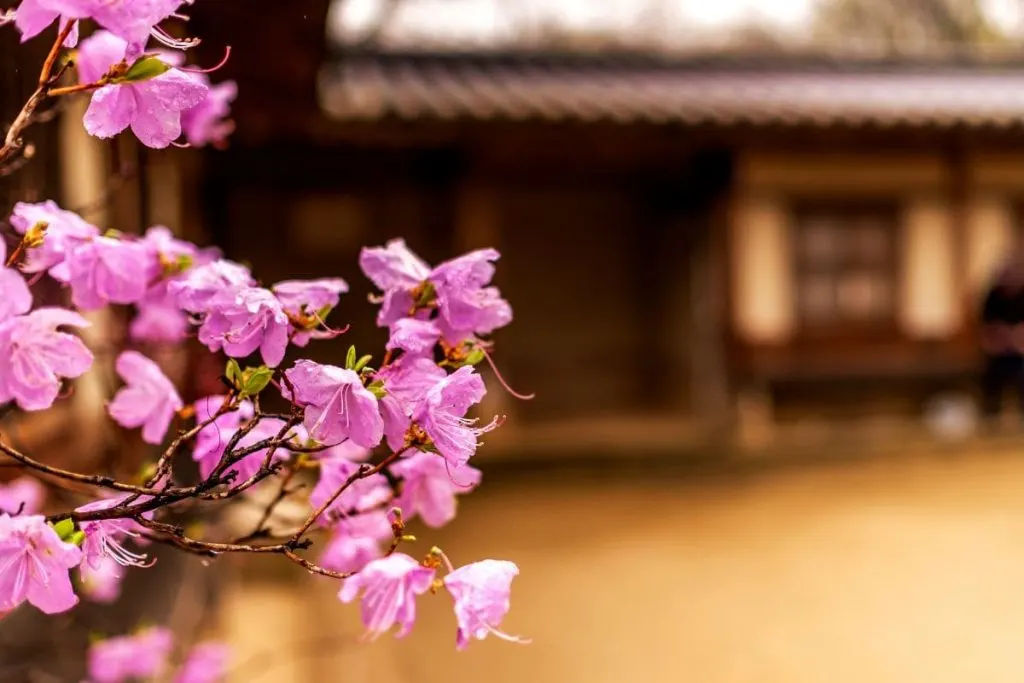
As we promised at the beginning, today you have learned everything you need to know about the national flower of Korea. If you didn’t know much about magnolia and hibiscus until now, that has certainly changed today.
You have learned all about the care of this flower, its symbolism in this country, its spiritual meaning, you have learned what and where the very words of these flowers come from, and much more.
Among its national flower, we presented you with other national symbols such as the flag, badge of the country, national anthem, and other important national features.
At the end of it all, we have presented you with the use of these beautiful flowers, so maybe you can change the same in the future. At the very end, the faq section answered all your questions, and that’s the end of today’s article.
That would be all for today, see you soon with more similar topics.
